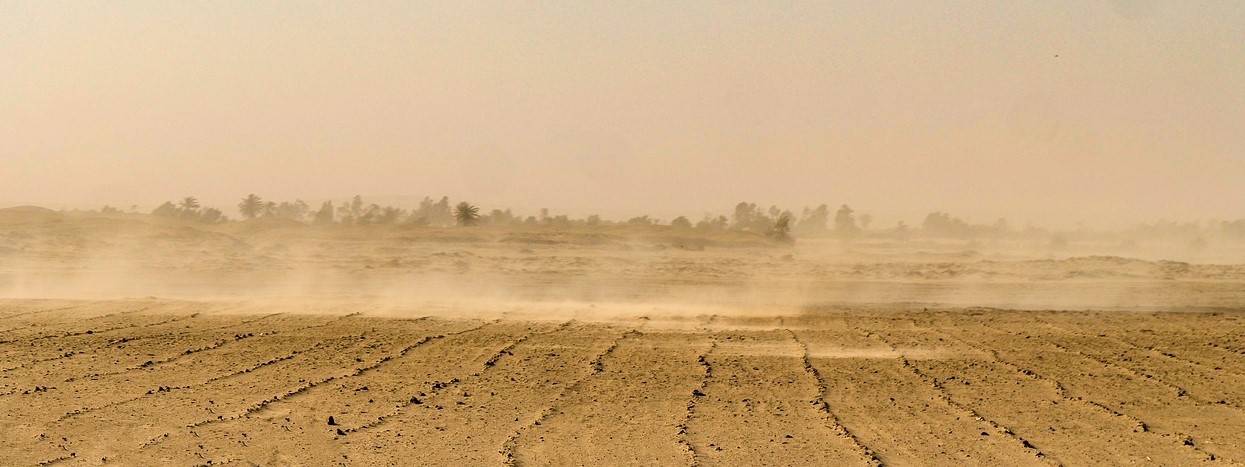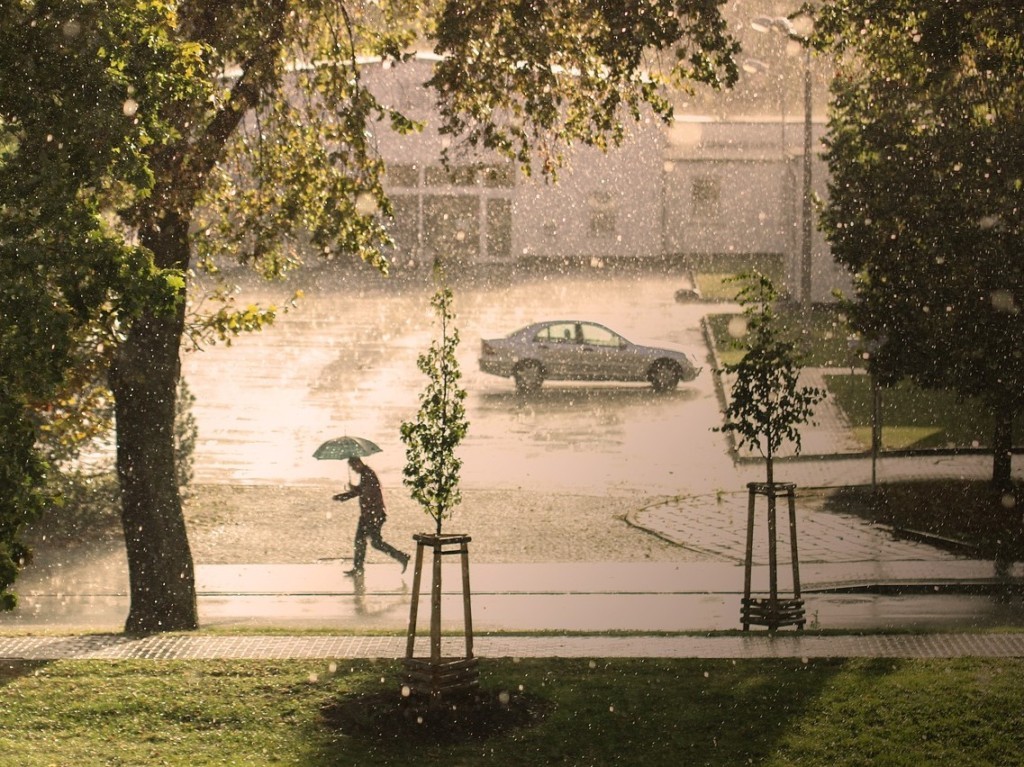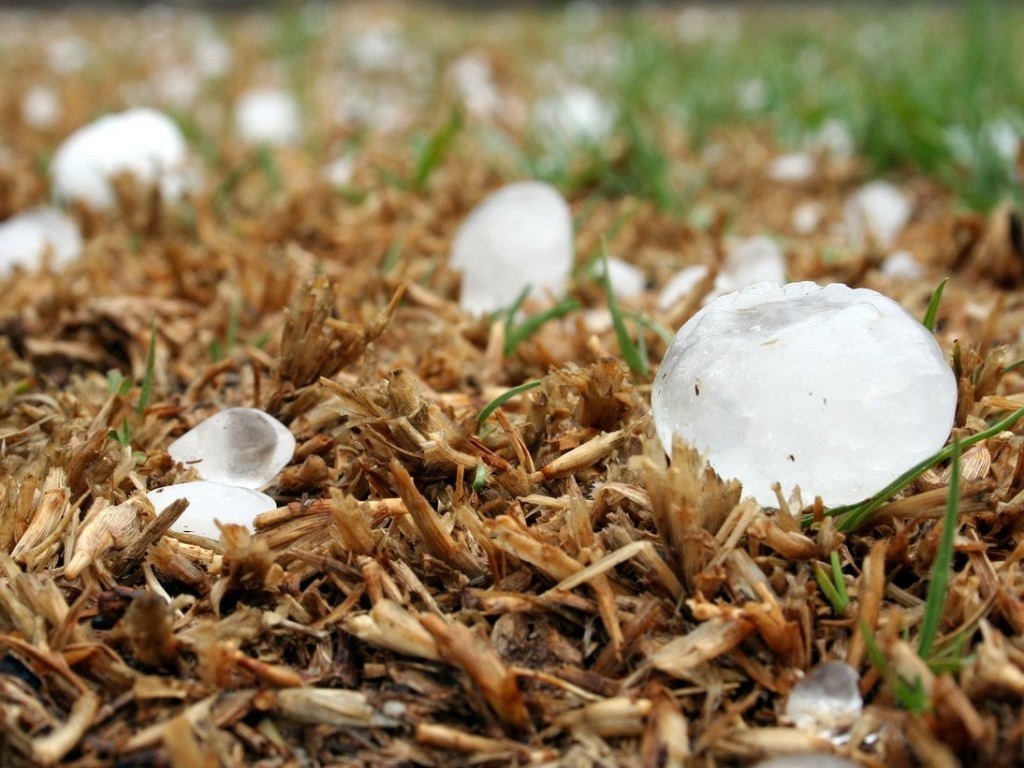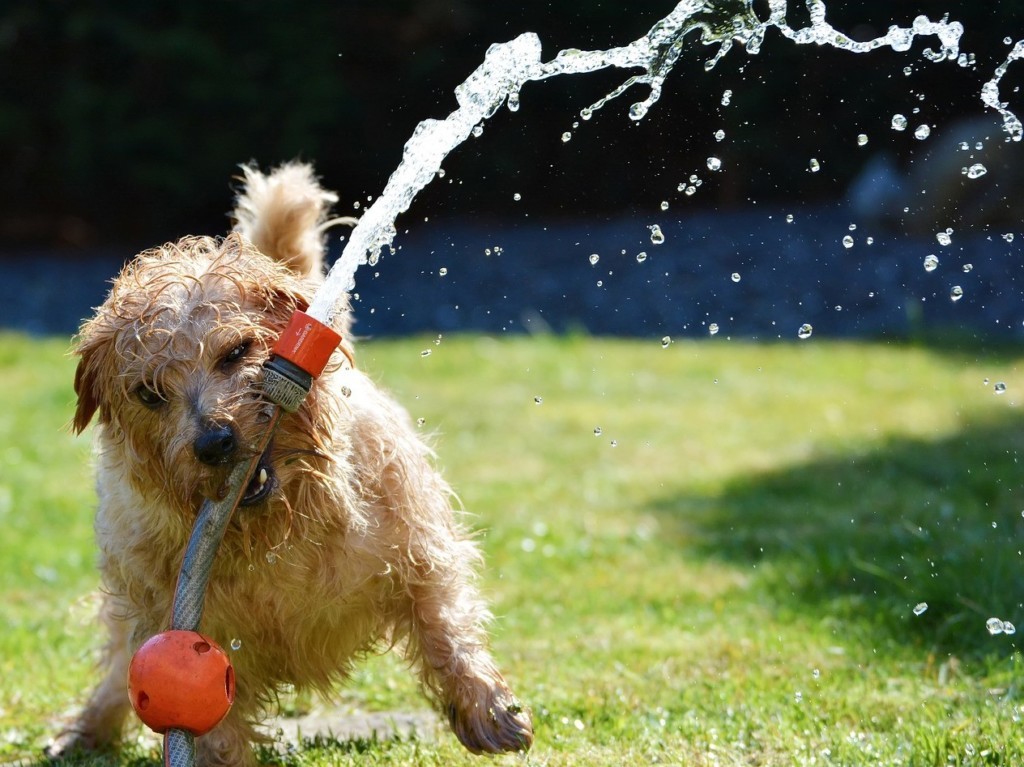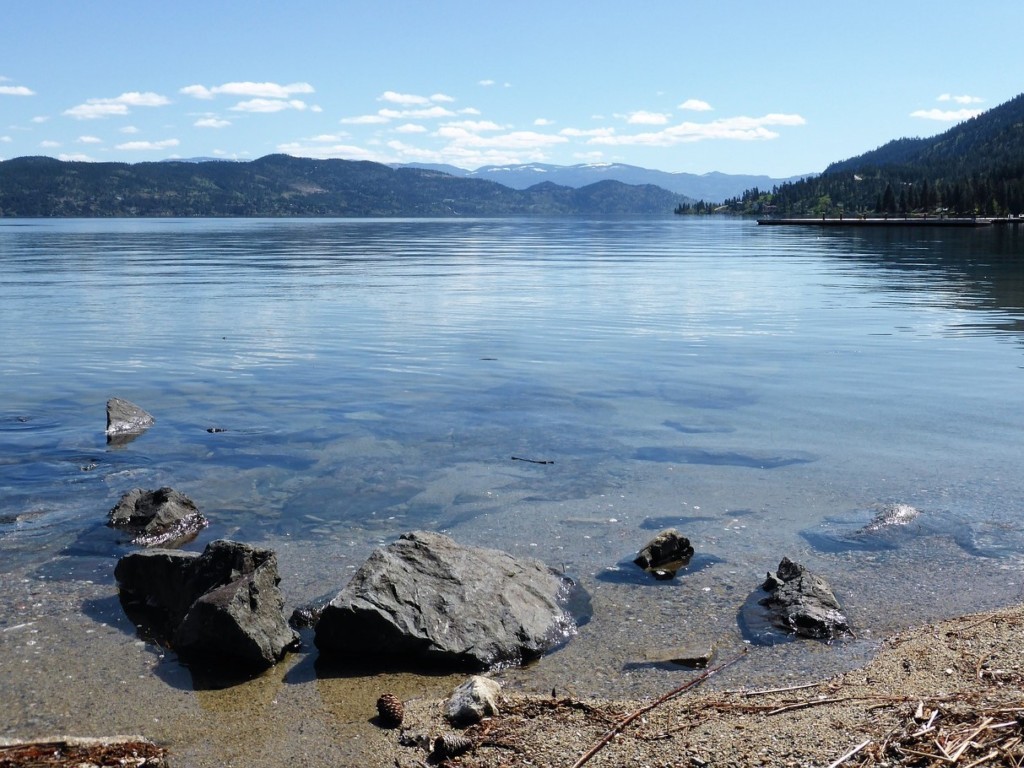Drinking water from the sewer, learn to live with it
It will have to rain an awful lot before our water reserves are replenished. In many cities and countries this is the new norm and challenge. Drought.
30% of our groundwater is used in agriculture, 10% in food and 7% goes into all kinds of drinks. (Flanders). That is not bad at all, but when we consider drinking water, 25% goes to the chemical industry, almost 20% to refineries and only 12% is used in foods. (Flanders), Drinking water from the sewer, seawater desalination and purification is becoming the norm.
Water stress,
we better prepare ourselves for recurring droughts.
Water levels are falling in many cities and countries. No more washing cars, no more watering gardens, no more pumping water from rivers and canals. Exceptional? No, it will become the new norm. Longer periods of drought and shorter heavy storms with heavy rain showers. Climate change is going to change our water supply.
In 2018, German tankers brought 180,000 liters of drinking water per day to Belgium for some municipalities.
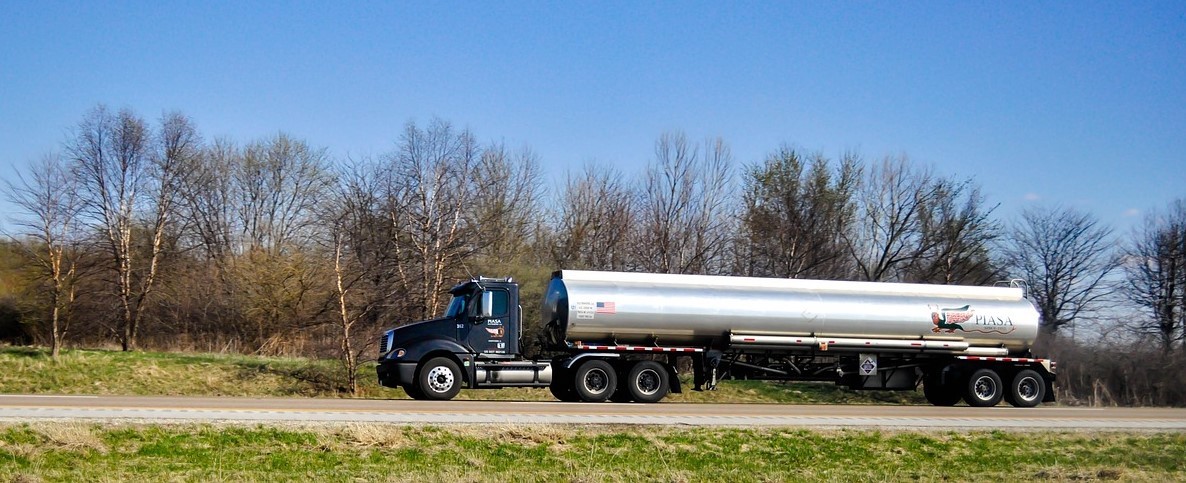
In 2018, German tankers brought 180,000 liters of drinking water per day to Belgium for some municipalities.
Drought in Europe 2018
Too little precipitation and high temperatures occurred in the summer of 2018. Many European countries struggled with drought and heat during the summer months. Belgium, the Netherlands, UK, Poland, Northern Germany, Latvia, Lithuania, Scandinavia, and Sweden in particular. Together with 1976, 2018 became the driest summer since the measurements started.
Drought also made beer and bread more expensive in 2018 due to disappointing harvests and more expensive prices for cereals and barley. In Europe, the yield per hectare was 25% lower due to the drought. The price of cereals and barley increased by 20%.
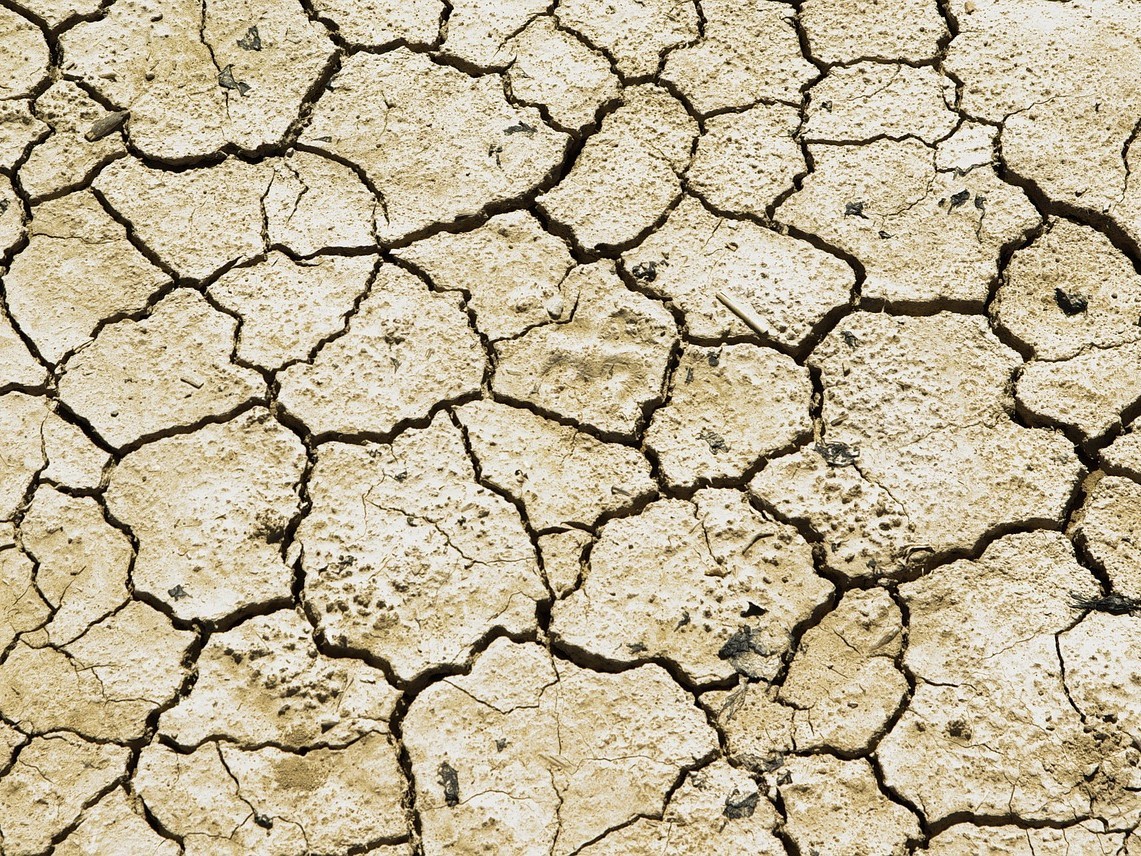
Dry earth.
2018 was the hottest year ever for many European countries. In Belgium, the temperature was 2° C higher than the average for the summer months. The Netherlands reported that the summer of 2018 was the hottest summer in 3 centuries. Satellite images showed a withered Europe. The Irish potato harvest was smaller. Soft fruit became considerably more expensive in Norway. In the Netherlands the onions had to endure. Tomato cultivation was under pressure in Belgium. The potato growers in Germany got very hot. Switzerland had to import more crops. France had few problems and in Italy and Turkey the hail damaged crops badly..
- Will we have more hail showers in the near future?
- Large hailstones.
Water shortages in the near future
The world currently has 7.7 billion people. By 2050 we will be 9.8 billion and by 2200 the planet will have 11.2 billion people. And a multitude of chickens, pigs and cattle. The World Metorological Organization estimates that by 2025, two-thirds of the world’s population will face periodic or frequent water shortages. Water shortages will provoke conflicts. Kuwait, Bahrein, Egypt, Qatar and the United Arab Emirates have the smallest drinking water supply per inhabitant. Pakistan expects to have a water shortage throughout the country by 2025. The water level in Lake Mead, the largest water basin on the Colorado River n the USA, is 60% lower than 15 years ago. According to UN Chief António Guterres, the demand for fresh water will increase with 40% by 2050 . by 40% Even in the soaking wet Netherlands, the Rijkswaterstaat warns that drinking water supplies may be insufficient. In periods of drought, the provisioning of fresh water could result in shortages for shipping, industry and nature.
- Due to the impending water shortage, we will no longer see such scenes in the near future.
- Freshwater lake.
Desalination as a solution for fresh water. Global demand for fresh drinking water will increase by another 40% by 2030.
Convert salt water to fresh water. They are already doing this in Dubai and Kuwait. The method is very expensive. The installations consist of precious stainless steel because salt affects other metals. A lot of energy is needed to turn salt water into fresh water. And the water doesn’t taste very good. According to Kees van Leeuwen, professor of Water Management and Urban Development at the University of Utrecht, collecting fresh water in rain tanks is a better solution. Now many cities are pumping out more water than is being replenished by these water reservoirs. In addition, much salt water is lost via sewers and street drains running directly into the sea. Recovery is the key here.
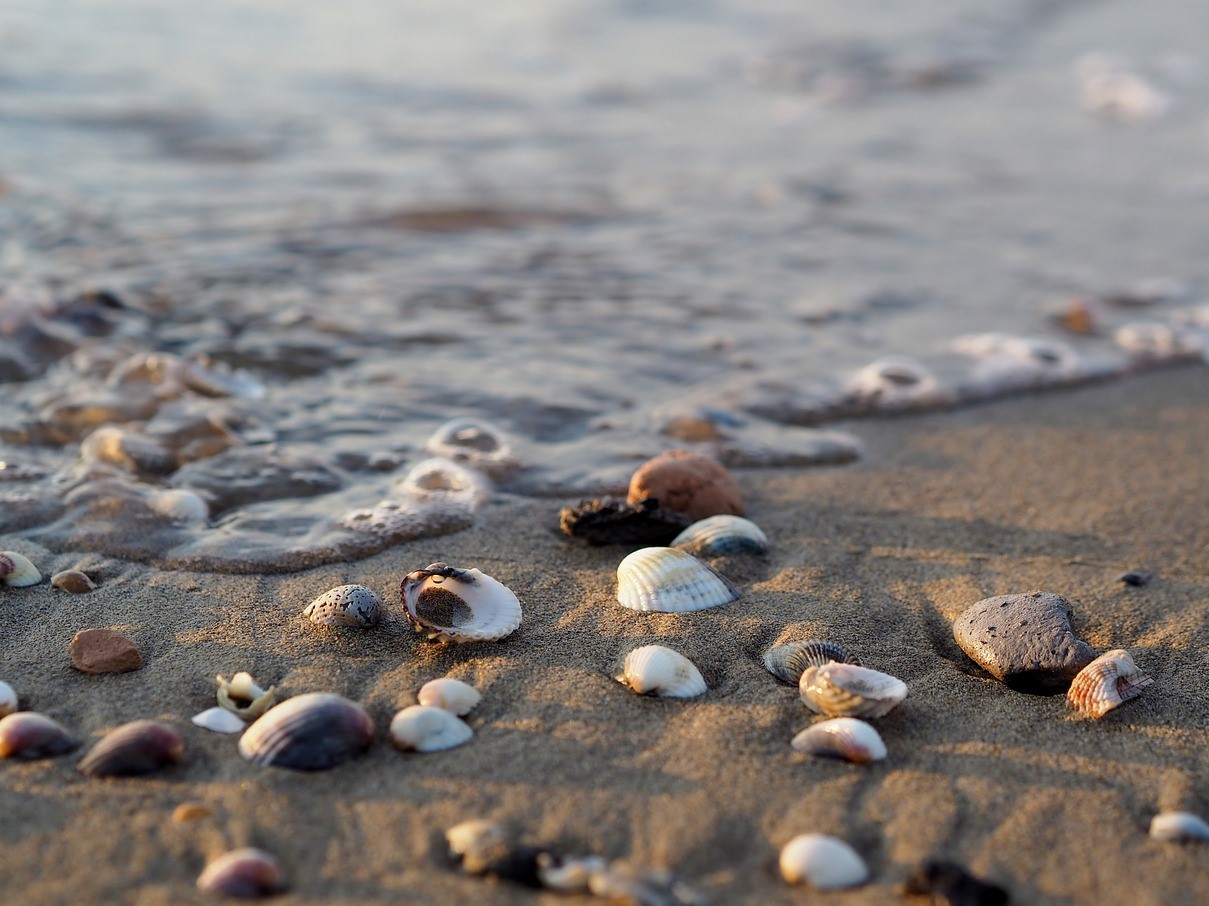
Will we convert saltwater into drinking water in the future?
11 cities soon without water, 3.7 billion people experience a drinking water shortage and 125 of the 500 largest cities are in water stress.
Cape Town in South Africa is a case in point. In 2019, Cape Town found itself running out of water. 50 liters of water per person was recently imposed. April 16, 2019 is called Day Zero. Then the residents of Cape Town will go on a 25 liter per person ration. No more supplying tap water at water distribution centers. Cape Town is just the tip of the iceberg.

Cape Town in South Africa is not the envy. In 2019, Cape Town threatens to fall temporarily without water.
By 2030, the following cities will be affected by drought and water shortages, according to the projections of the United Nations.
- Sao Paulo, Brazil: this city already received a serious warning in 2015 when the police had to escort water transporters during water shortages, due to the threat of being robbed by gangs At that time, the city’s main water reservoir was only 4% full.
- Bangalore, India: The city is bursting its seams and water and sewerage systems prove to be insufficient. And often outdated. Water pollution from surrounding lakes and leaking pipes are a major challenge. 85% of the water is unfit for consumption.
- .Beijing, China: In 2014, only 145 cubic meters of drinking water per inhabitant was available. The World Bank classifies water scarcity as the moment when people have less than 1000 cubic meters of fresh water available per person per year. 40% of the surface water is heavily polluted even for agriculture and industry.
- Cairo, Egypt: The Nile provides 97% of the Egyptian drinking water. A river that is increasingly polluted by industry and animal husbandry and agriculture. If no contermeasures are taken, Cairo will have critical water shortages by 2025. For the Egyptian president, water is a matter of national security.
- Jakarta, Indonesia: Less than 50% of its 10 million inhabitants have no access to tap water. Wells are being dug everywhere illegally, as a result of which the underground water layers have already been drained several times. Due to the massive pumping of ground water, the city is slowly but surely sinking.
- Moscow, Russia: 25% of the world’s water reserves are in Russia. Environmental pollution of the old Soviet era ravages and affects the drinking water supply. Moscow is 70% dependent on surface water that in many cases does not meet the hygiene standards.
- Istanbul, Turkey: Water shortages during the summer months have happened regularly for some years now. The water reserves have shrunk by 70% compared to 2014. The alarm bell for real water scarcity is expected to ring in 2030.
- Mexico City, Mexico: 21 million residents suffer from constant water shortages. . 20% only get water from the tap for a few hours per week. Another 20% only get running water for part of the day. Pipes leak and 40% of the tap water is lost. 40% of the water is imported.
- London, UK: London gets 80% of its drinking water from the heavily polluted Thames and the Lea. By 2025, serious delivery problems are expected and crippling water shotages by 2040.
- Tokyo, Japan: Supplying 30 million people with tap water is no joke. It only rains over a four-month period, which can lead to temporary scarcity.
- Miami, USA: Due to the rising sea water level and a huge blunder that occurred when they pumede out swamps, salt water mixes with fresh water in the underground basin.

